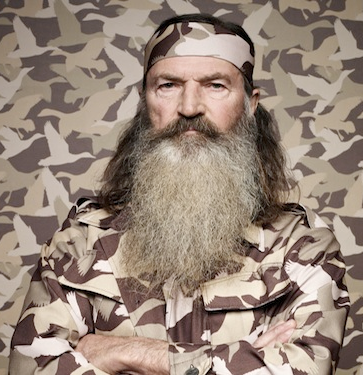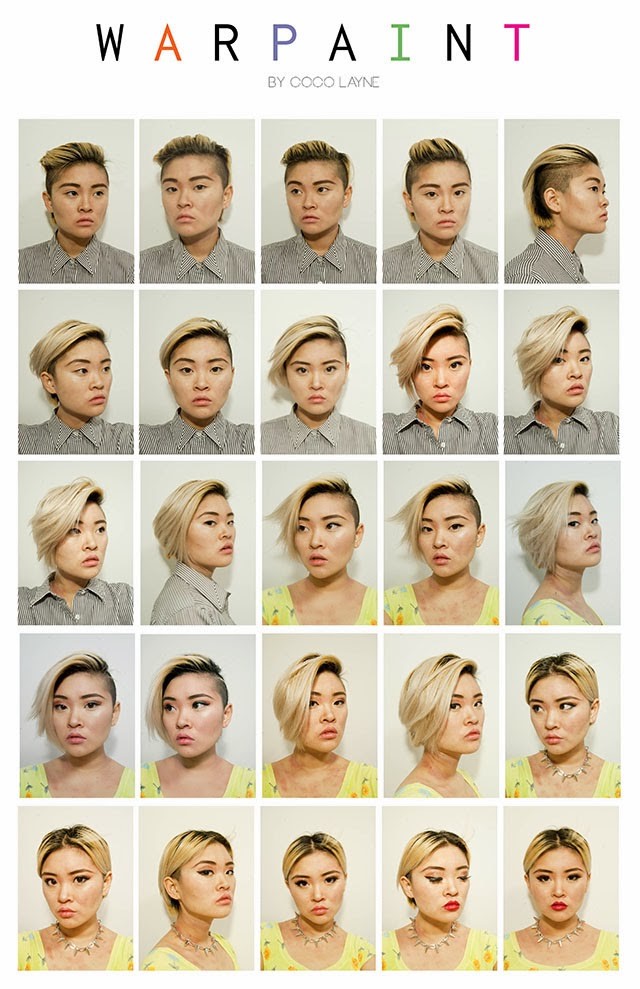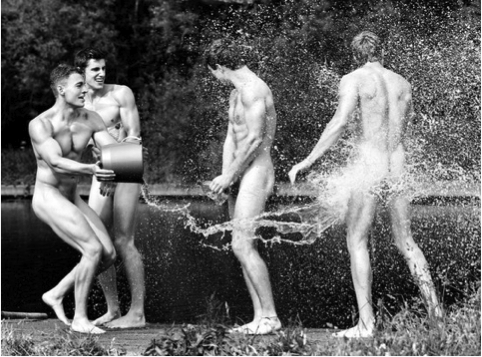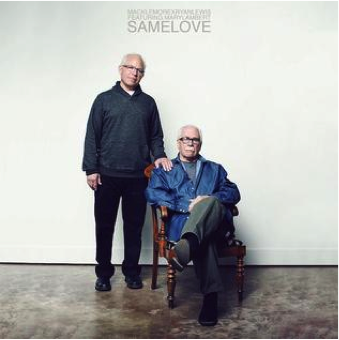By: Tristan Bridges and C.J. Pascoe
Alice Walker, the Pulitzer Prize winning author of The Color Purple, coined the “colorism” term to define: “prejudicial or preferential treatment of same-race people based solely on the color of their skin” (here: 290). Colorism occurs when groups of people are discriminated against in systematic ways on the basis of skin color alone. The differential treatment results not simply from being recognized as belonging to a specific racial category, but from the values associated with the actual color of someone’s skin. And it is one way that social scientists have looked at inequalities within as well as between racial groups.
Some of the social scientific findings that provoked more research on colorism uncovered skin color-based disparities within the criminal justice system. Research has shown, for example, that skin color affects the length of time people are sentenced to serve in prison, the proportion of their sentences that they do serve, and the likelihood of receiving the death penalty. This research has less often focused explicitly on intersections with gender inequality.
A recent article in Race and Social Problems by Lance Hannon, Robert DeFina, and Sarah Bruch—“The Relationship Between Skin Tone and School Suspension for African Americans”—addresses these intersections centrally. They analyze the relationship between race, skin color, gender, and the school suspension. Similar to what research on criminal sentencing has shown, Hannon, DeFina, and Bruch found that darker skin tone was significantly related to the likelihood of being suspended in school. African American students with darker skin had a higher probability of being suspended than those with lighter skin. But, upon closer investigation, they discovered that that finding was primarily driven by the fact that skin tone has a much larger impact on African American girls than on African American boys.










